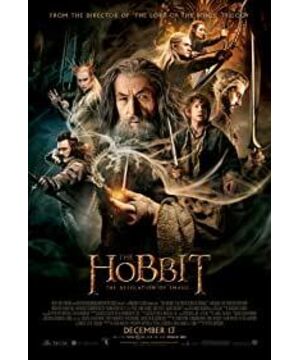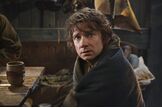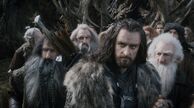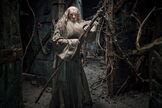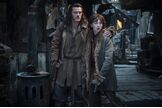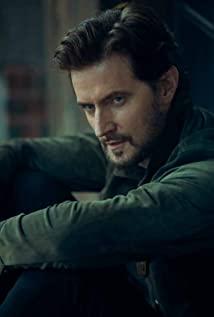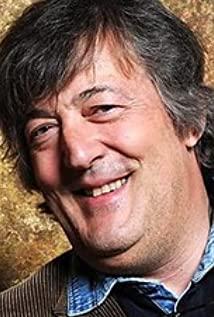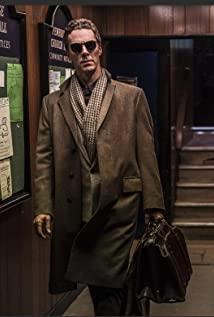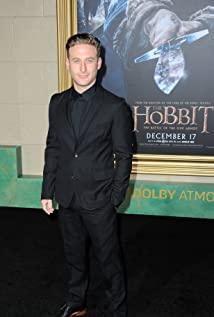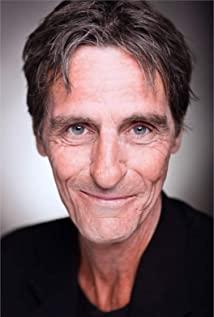Just as "The Hobbit: An Unexpected Journey" has received mixed reviews, although there are more refined special effects and exquisite graphics, and the technological innovation brought by 48-frame shooting, the rhythm is procrastinated, and many are submerged in the weird and difficult The characters in the distinguished names, and their lack of a distinct personality, have called for criticism. What's more, in the entire first part, the handsome elf is only a small dew, and the center of the plot is completely occupied by dwarves, quasi-dwarves (Hobbits) and sloppy old men, and the actors in the show are all crooked. Half-orcs, ogres and "Guru" who are forever schizophrenic, compared with Legolas in "The Lord of the Rings" and the demeanor of the king of Aragon, the degree of beauty is greatly reduced. Of course, with enough film length support, Peter Jackson can supplement the huge Middle-earth worldview beyond the original book more completely, and there are more conditions to trace the details in the text to express a sincere tribute to Tolkien. These are the merits of "The Lord of the Rings" diehards applauding and applauding, but it inevitably delays the compactness of the film itself, thus stretching the distance with ordinary audiences.
Obviously, Peter Jackson took the audience's reaction seriously when launching The Battle of Smaug and made adjustments very timely. The second "The Hobbit" has a significantly faster pace, a more direct and rapid progression of the plot, and significantly fewer panoramic shots of travelers trudging through magnificent mountains and waters. More individual characters have been added, and the narrative has begun to move parallel to multiple lines like the "Lord of the Rings". In particular, it is worth mentioning that the power of elves and humans has finally entered the main line, the shadow of Sauron has appeared, the deployment of the Five Armies War has begun to take shape, and the pre-war emotions and atmosphere have also been accumulated. , the "Lord of the Rings"-style epic sense and passion only gushed out in the final battle.
In the second part, the evil dragon Smaug finally revealed his true face, and the world-famous "Sherlock Holmes" and "Watson" are the most popular. But for the author, the real surprise comes from the elves who have greatly increased their roles. In "Unexpected Journey", only the indifferent and arrogant Elf King Thranduil caught a glimpse, and "Battle of Smaug" not only appeared the Elf Legion, but Legolas' high-profile appearance made all "Lord of the Rings" fans All hooked. During the "Lord of the Rings" period, Peter Jackson had to make a big remake of Legolas because of his unexpected popularity. This time Jackson learned his lesson and did not hesitate to capture Legolas on camera. Ten years have passed on the actor Orlando Bloom (he is even 2 years older than Lee Pace, who played his father, Thranduil), still handsome, athletic, and smart, the film is The action of its design is even more gorgeous and wonderful, eclipsing Baggins and the dwarves as the protagonist. If it weren't for the fact that the evil dragon Smaogee had a heavy role in the second half of the show, and his rambling personality made Cuan Fu play out in his lines, it would have barely balanced the balance of the plot. Evangeline Lilly, who was well-known to fans because of the American drama "Lost", played a new role - the female elf captain, which complemented Legolas in action and added a few more sassy, and was buried. The emotional scenes with Legolas and the dwarf Kili in it, although not the icing on the cake, it also makes up for the lack of love in the "Hobbit" series.
In particular, the escape of the dwarves from the elf kingdom is a wonderful chapter in the original book, and the performance of the movie is even better than the original book. The scene started with a comedic escape from prison. A group of dwarves got into the oak barrels and went down the drain. First, the elf army chased them, and half-orcs intercepted and hunted them in the middle, and then turned into a three-way melee. The dwarves handed over their weapons to fight the enemy bravely while drifting, and the elves shot arrows at a distance, and then moved from one square inch to another, waving their light and dexterous weapons like a dance. The rhythm is more relaxed, it is both tense and exciting without losing humor. The whole process is designed to be ingenious and interesting, smooth and smooth, and the ingenious borrowing and delivery of props is even more ingenious. The three forces have distinct characteristics, elves are gorgeous in costumes, dexterous and good at shooting; dwarves in expedition costumes, strong and rigid; orcs in ragged clothes, cruel and ferocious. What could have been a chaotic fight scene is impressively rich, pleasing, and brilliantly handled by Jackson.
It is also worth mentioning that there is also the confrontation between Baggins and Smaug. The original plot has more fairy-tale-style wits elements, and the language is clever, clever and interesting. In the "Battle of Smaug", due to the accumulation of too much national hatred, parting homesickness, and the deliberately created epic atmosphere, it is difficult for this passage to be as light and joyful as the original. Jackson emphasized Smaug's oppression of Baggins, the huge and the weak, completely asymmetrical confrontation, highlighting the tension of the dragon playing and controlling the hobbit, and then directly transformed into a battle of wits between dwarves and dragons Great showdown of Yong. Smaug is probably the most vivid dragon in my impression. Not only is it well-made, rich in expression, and natural in action, but at the same time, relying on the most talkative character in history, its characteristics are also vividly displayed. "The brainless setting, and more anthropomorphic arrogance and cunning.
Inheriting the classic elements from The Lord of the Rings, such as the beautiful scenery of New Zealand, the exquisite and elegant art style and setting, the abundant emotion and the moving music, it still has a good continuation in the battle of Smaug. Jackson's intentional creation of Middle-earth can really make people feel his deep love for Tolkien's works. Regardless of perspective special effects, 3D shooting, and scene scheduling, they are all genuine and sincere, enough to make the audience feel joy and pleasure. "The Hobbit: The Desolation of Smaug" can definitely be regarded as a rare commercial masterpiece. In a year when epic masterpieces are extremely scarce and fantasy themes have been broken, its existence is even more remarkable.
At the end of the movie, Smaug, who broke free from the golden shackles, let out a long roar and ran towards Changhu Town. The movie came to an abrupt end, leaving only the audience with an unexpected sigh. Over there, Bard, the descendant of the lord of the river valley, has picked up the last black arrow, only waiting for Smaug to complete his road to kingship; and Thorin finally returns to the Lonely Mountain, the Stone of Arken is waiting to be summoned, waiting for him Gather the dwarves allied forces; Thranduil, the king of the forest elves, will eventually send his own elite men and horses to fight for the treasure left by Smaug; The curtain has been slowly opened in Lonely Mountain, and everyone in the film is about to usher in an epic battle and their destiny. This battle will bring an end to this magical journey, and will also connect the future War of the Lord of the Rings that will determine the Middle-earth world. This is an agreement that Jackson left to the audience. "The Battle of Smaug" is just a lead to whet the audience's appetite. This agreement lasts for one year, and we are looking forward to it.
View more about The Hobbit: The Desolation of Smaug reviews


